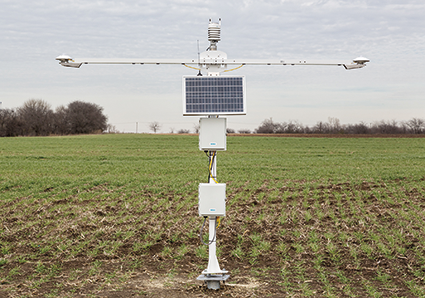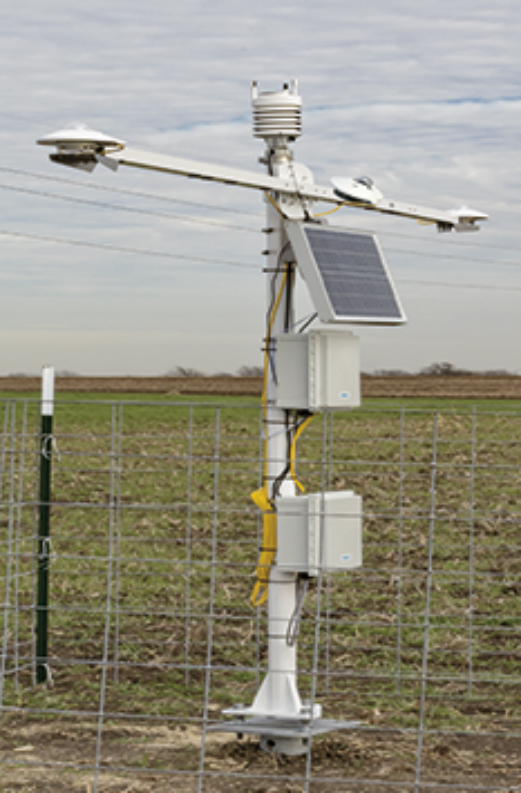Quarterly solar conditions can vary from the average by 5 to 10 percent, and on a monthly basis by as much as 20 percent. This equates to a 20 percent reduction in energy production and has a significant impact on project revenue.

Using on-site measurements to better understand local conditions and forecast energy production has substantial benefits both in the pre-construction and operational phases of a project. Before a plant is built, an accurate estimate of power output is required to secure investment and the uncertainty of this number correlates directly to the financing terms the developer receives. The lower the uncertainty, the lower the cost of capital. Combining bankable ground station data with long-term, satellite-derived solar data to calculate energy estimates has been shown to reduce resource uncertainty by 50 percent, translating to considerable cost savings. In operations, on-site condition monitoring supports more accurate forecasting for energy scheduling and also helps reconcile recent performance. For example, it distinguishes low performance related to underlying equipment problems, or soiling, from that simply due to low solar irradiation.
To better support solar developers and operators around the world, Vaisala recently launched its SP-12 Solar Weather Station to complement its industry-leading solar dataset and energy assessment services. This new, ready-to-install system provides all the instrumentation required for best practice resource assessment and condition monitoring; including mast, data logger, and state-of-the-art sensors. It has already been installed at multiple sites across North America in support of project development activities. Early adopters of the system call it ‘cost-competitive’ and ‘user-friendly to maintain’ and have also reported the high quality of the data and smooth installation process.
The SP-12 system features Vaisala’s WXT536 state-of-the-art multi-parameter sensor, which measures air pressure, temperature, humidity, rainfall, wind speed, and wind direction using a single instrument with no moving parts. Two Kipp & Zonen SMP10 pyranometers are mounted on either arm of the station, one dedicated to measuring global horizontal irradiance (GHI) and the other is angled to the plane of the array.
The SMP10 was selected because, as a secondary standard pyranometer, it delivers high measurement quality and has a stronger output signal compared to other pyranometers on the market. It is also compatible with Vaisala’s data logger, and is a smart sensor, allowing it to connect to a SCADA system.
Vaisala weather stations and sensors are fully compliant with World Meteorological Organization guidelines. In addition, the design quality of Vaisala weather stations has been proven not only through extensive tests in the development phase, but also in the field with over 20,000 installations worldwide. Overall, the SP-12 balances cost, ease-of-use, and flexibility while delivering high reliability and precision in all environments and weather conditions.
For more information on Vaisala’s SP-12 Solar Weather Station, and the range of products and services that the company provides to the solar industry, please visit www.vaisala.com/solar
By Francesca Davidson, Energy Communications Expert, and Robin DePesa, Product Manager, Vaisala
